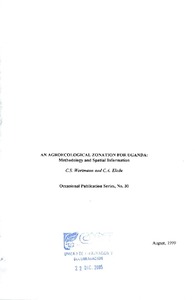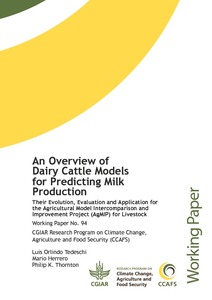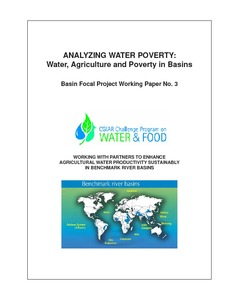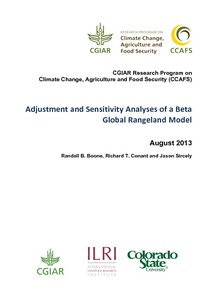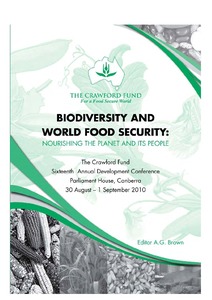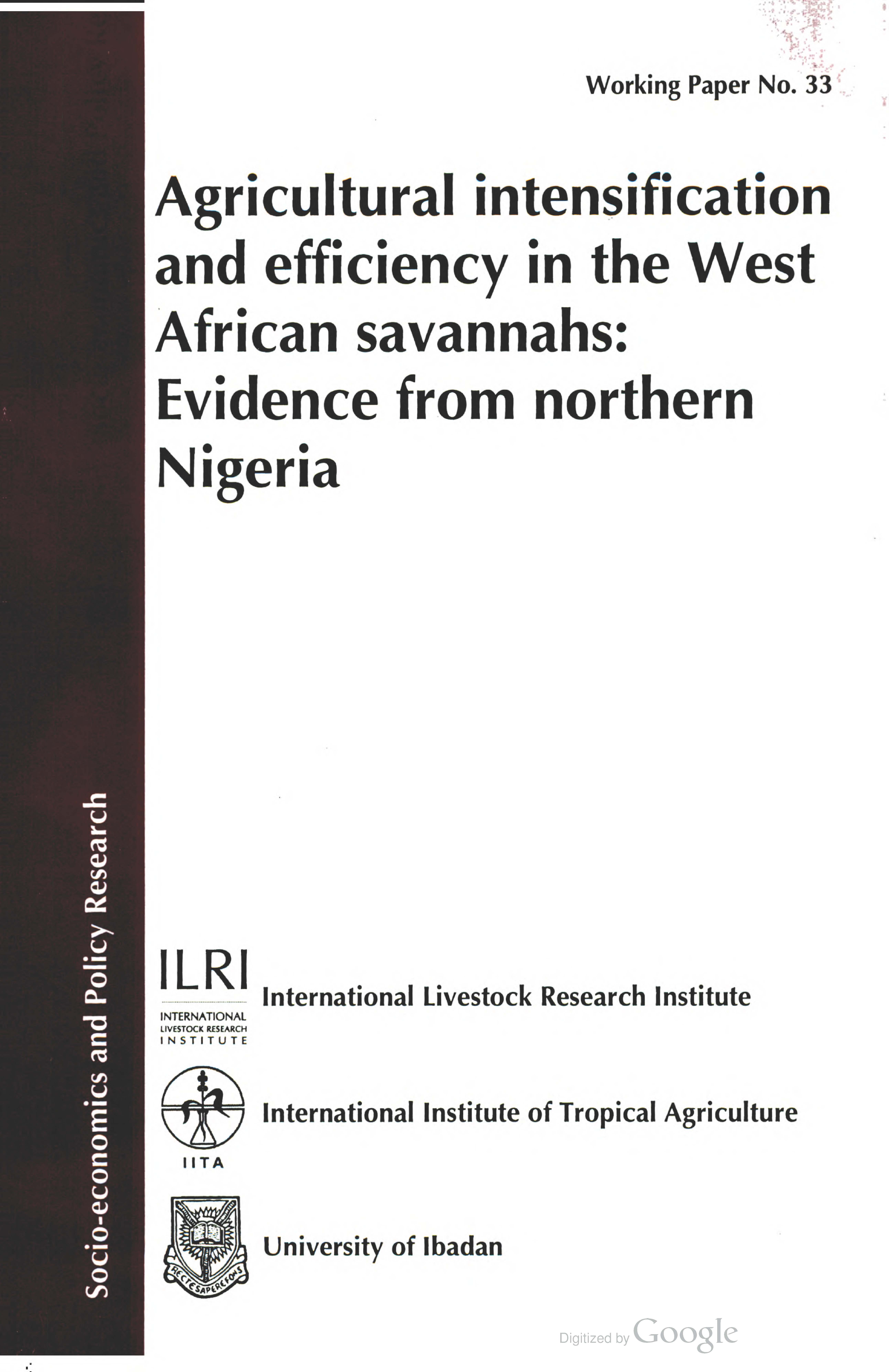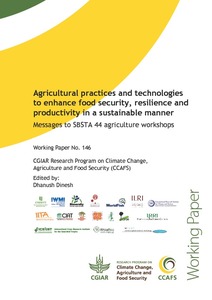agricultura
AGROVOC URI:
An ecoregional approach to enhancing agricultural research in tropical America
An efficient sampling protocol for sagebrush/grassland monitoring
Rangeland scientists and quantitative ecologists have developed numerous methods and monitoring techniques that can be used for vegetation sampling (Barbour et al. 1987). The methods used to position samples (transects, quadrats, lines, and points) vary and can be classed as selective, capricious, systematic, or random. One of the prerequisites for valid statistical inference is that samples are taken randomly. A random sampling procedure implies that all elements or units of the population being studied have an equal chance of being represented in the sample.
An Overview of Dairy Cattle Models for Predicting Milk Production: Their Evolution, Evaluation, and Application for the Agricultural Model Intercomparison and Improvement Project (AgMIP) for Livestock.
The contemporary concern about anthropogenic release of greenhouse gas (GHG) into the
environment and the contribution of livestock to this phenomenon have sparked animal
scientists’ interest in predicting methane (CH4) emissions by ruminants. Focusing on milk
production, we address six basic nutrition models or feeding standards (mostly empirical
systems) and five complex nutrition models (mostly mechanistic systems), describe their key
characteristics, and highlight their similarities and differences. Four models were selected to
Análisis de género en la investigación agrícola : Memorias de un taller interno, Palmira, Colombia 13-14 junio 1991
Adjustment and Sensitivity Analyses of a Beta Global Rangeland Model
G-Range is a global model that simulates generalized changes in rangelands through time,
created with support from the International Livestock Research Institute. Spatial data and a set
of parameters that control plant growth and other ecological attributes in landscape units
combine with computer code to represent ecological process such as soil nutrient and water
dynamics, vegetation growth, fire, and wild and domestic animal offtake. The model is spatial,
with areas of the world divided into square cells.
Agricultural Adaptation and Institutional Responses to Climate Change Vulnerability in Ethiopia
Climate change is a major development challenge to Ethiopia. Climate change is expected to
adversely affect all economic sectors, eco-regions, and social groups. Agriculture is one of the
most vulnerable sectors as it is highly dependent on rainfall. This report synthesises four case
studies focusing on the impacts, vulnerabilities and local adaptation practices in Ethiopia‘s
agricultural sector, including policy and institutional responses. The case studies were carried
Agricultural practices and technologies to enhance food security, resilience and productivity in a sustainable manner: Messages to the SBSTA 44 agriculture workshops
This paper synthesizes knowledge within CGIAR and its partners on agricultural practices and technologies to enhance food security, resilience and productivity in a sustainable manner. A number of agricultural practices and technologies which contribute to these objectives were identified and assessed to generate four key lessons.

